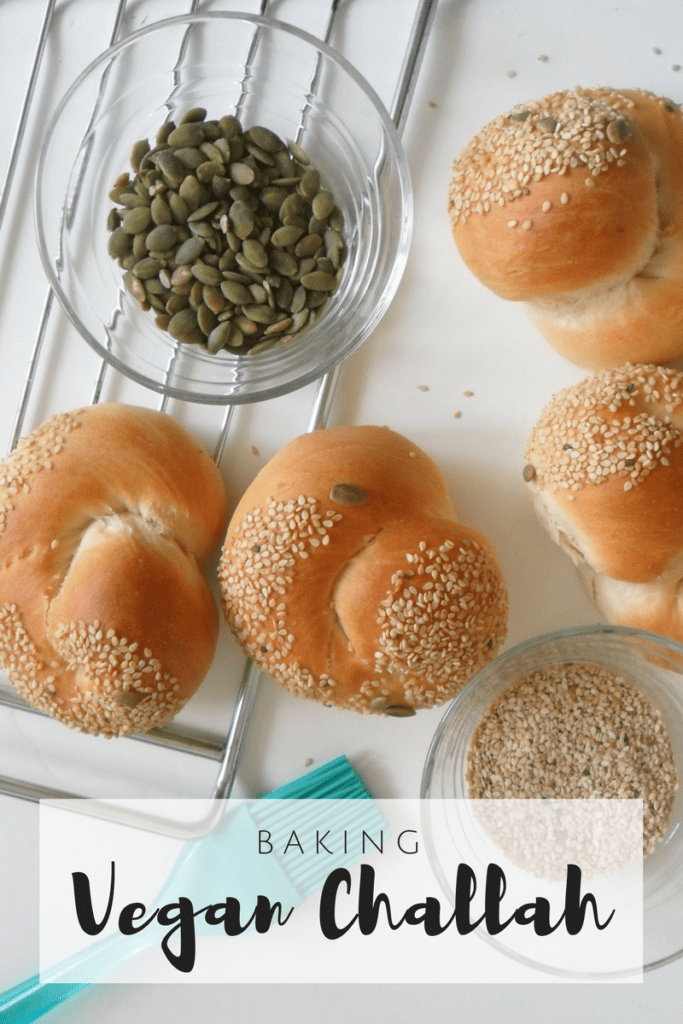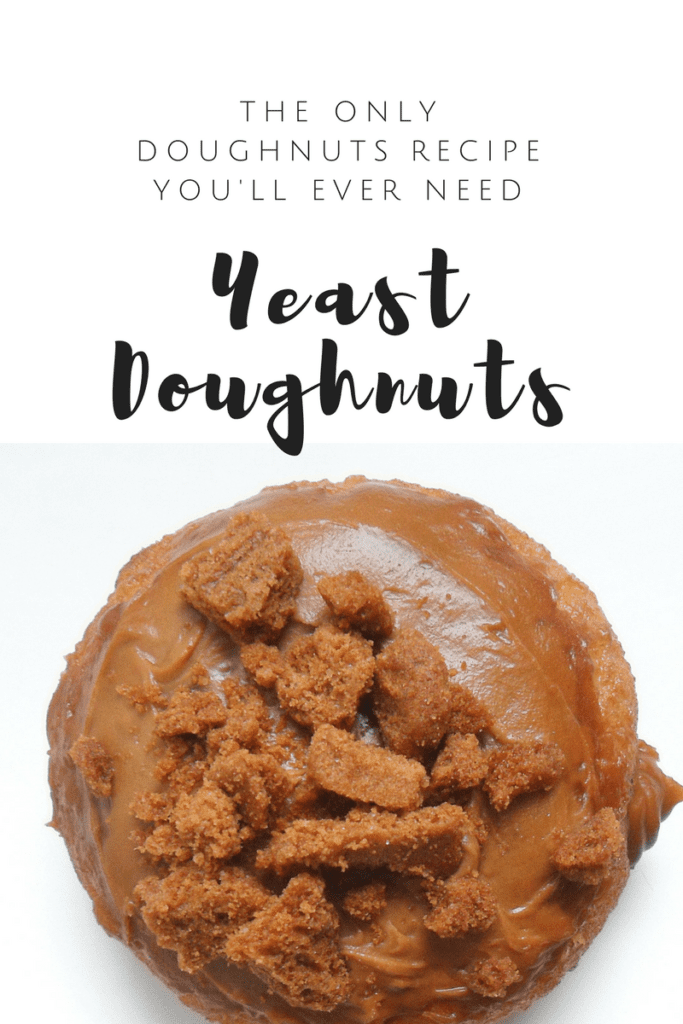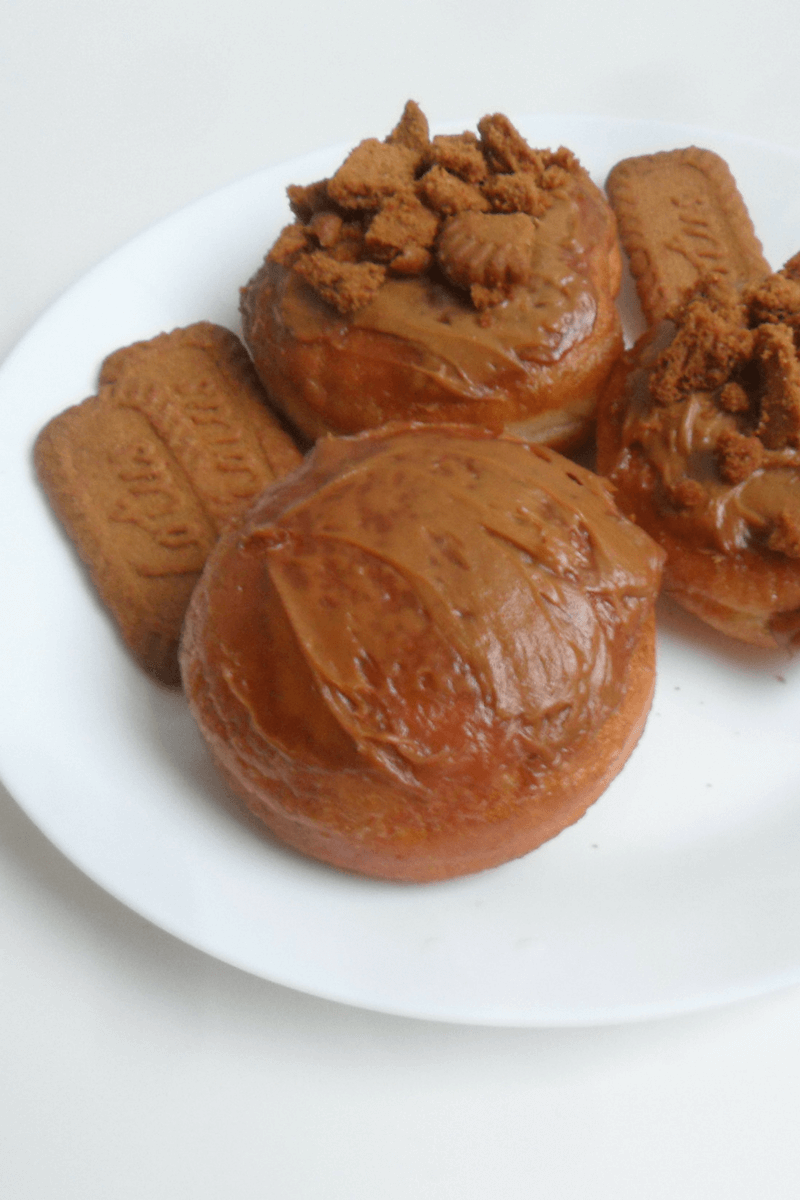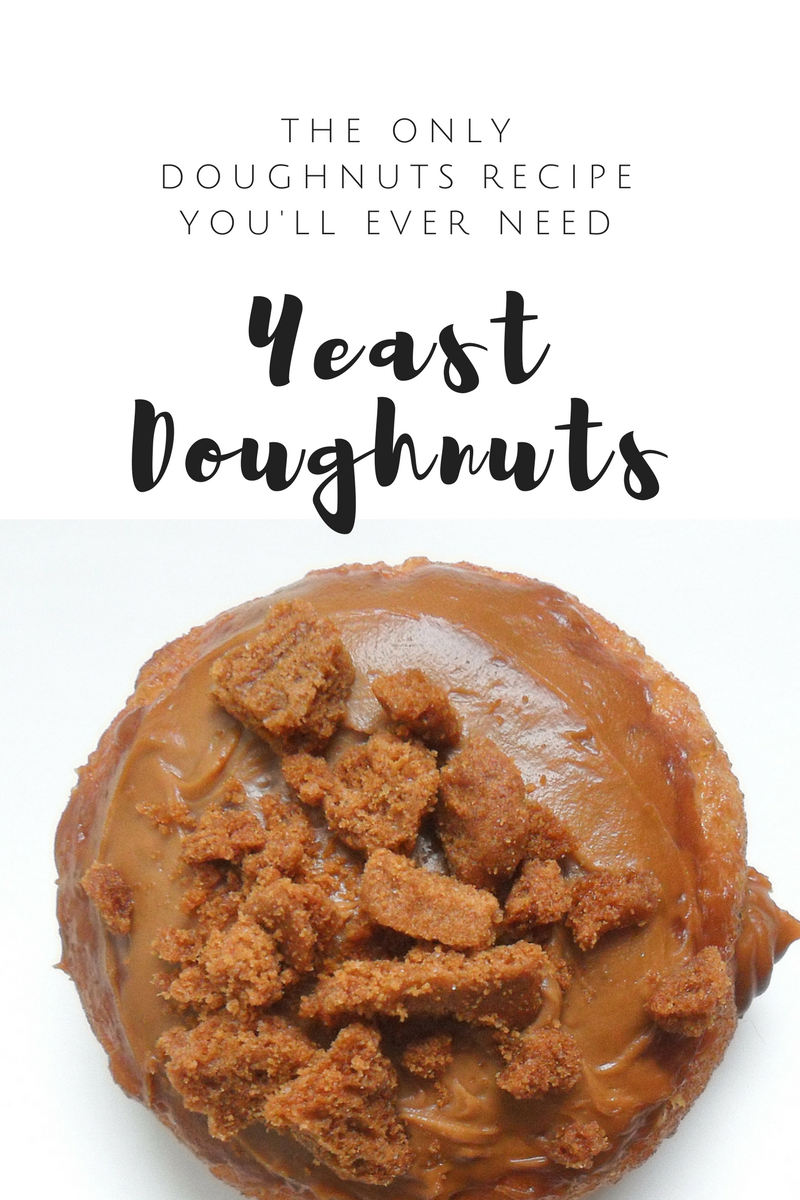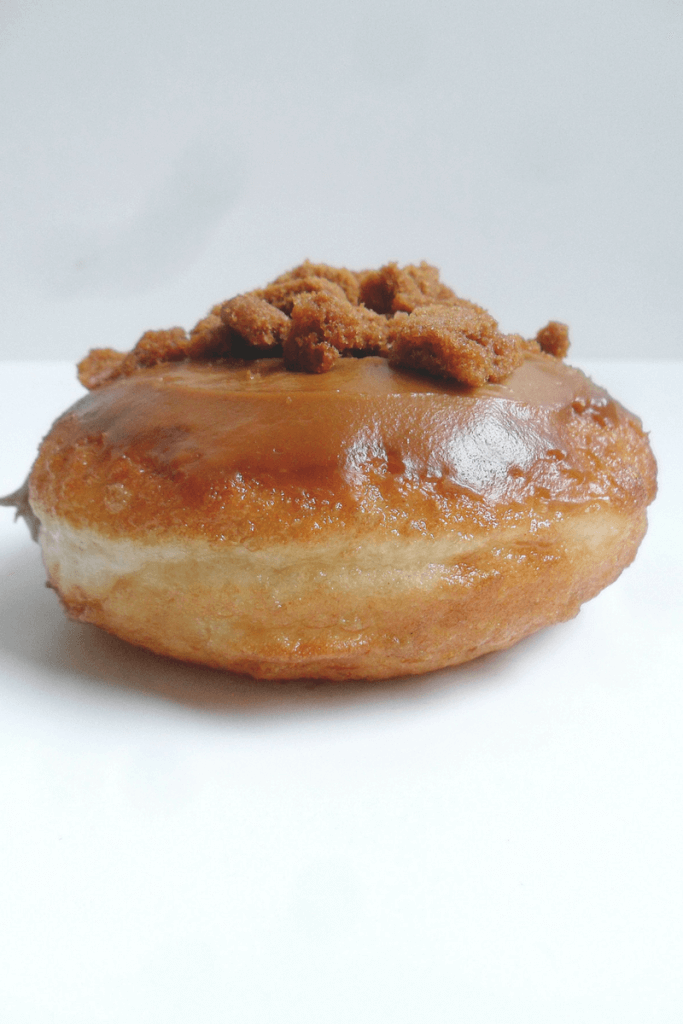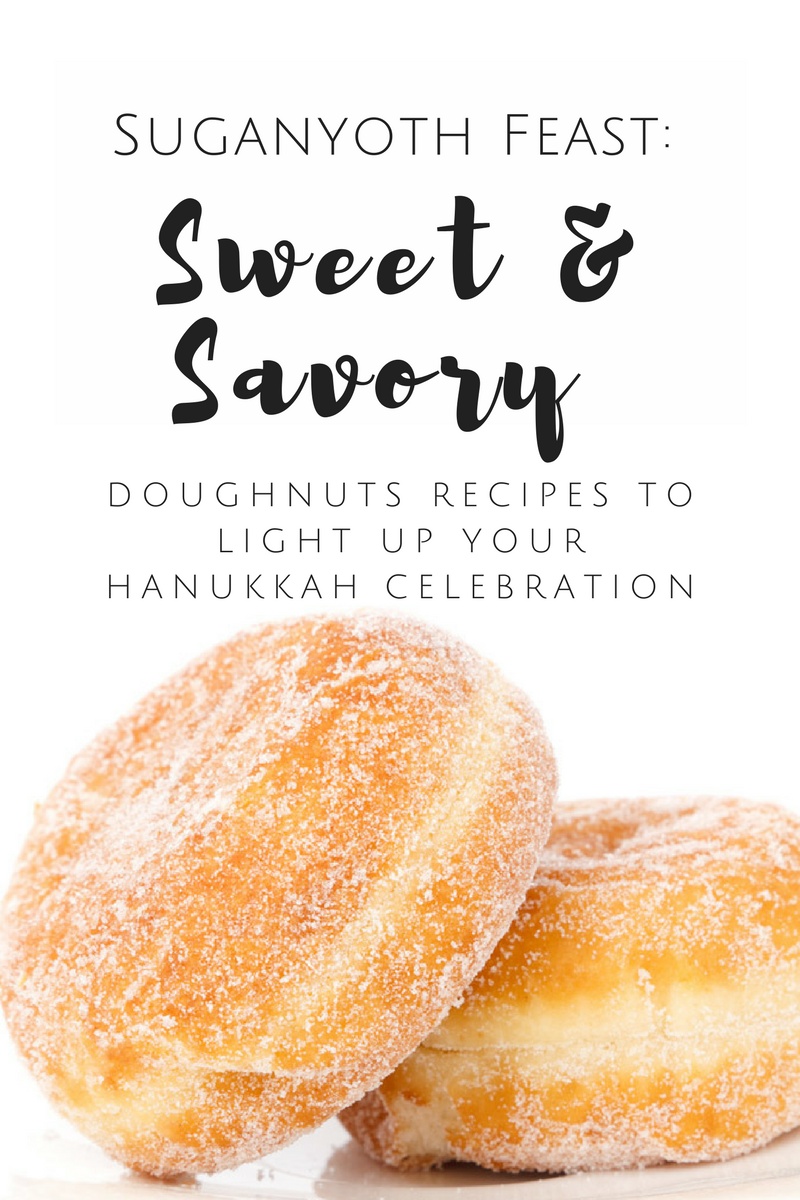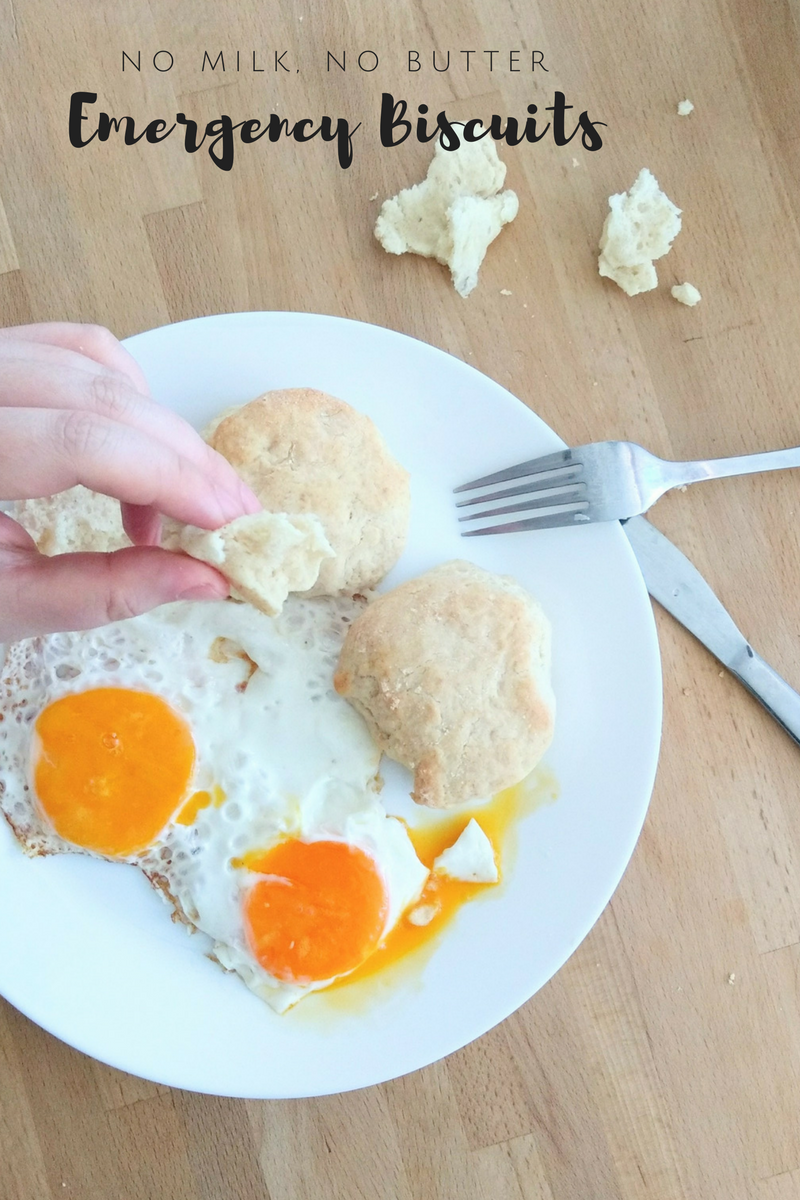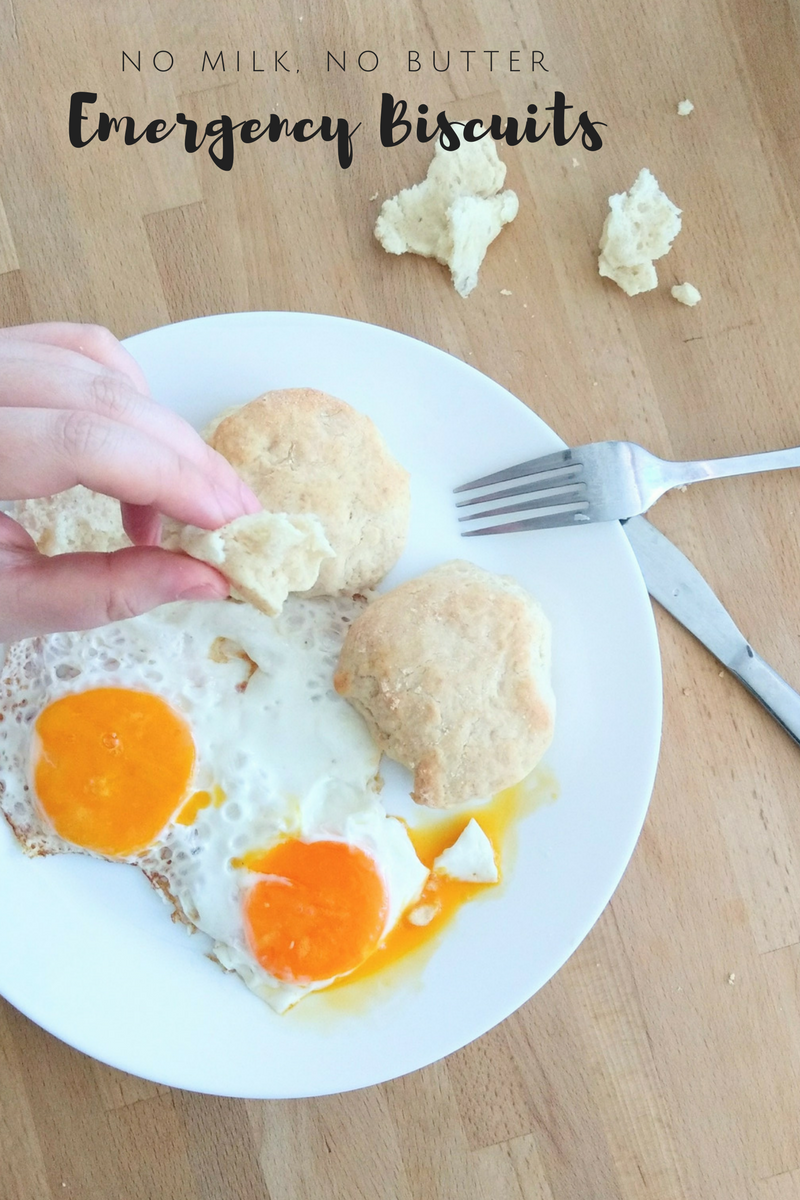Vegan Challah
Have you ever wanted to make Challah and then realized you are out of eggs? No need to go last minute shopping anymore thanks to this easy Vegan Challah.
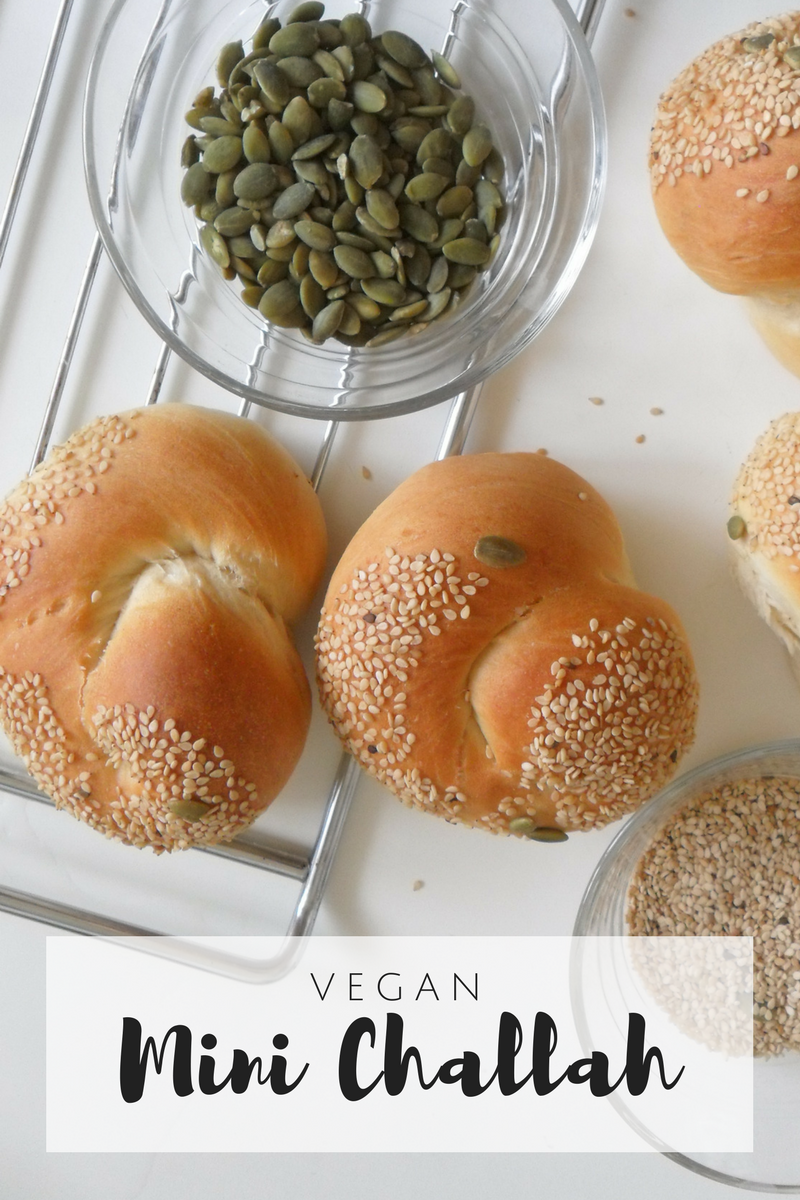
Making bread at home
Bread is made with 4 basic ingredients: Flour, water, yeast and salt; so essentially “bread” has been made vegan for generations, but today a lot of recipes have tons of eggs.
If you are allergic to eggs or, you just ran out of eggs at 10 pm, right before starting baking; don’t worry, you have come to the right place.
The recipe I use was originally created by Rachel Orenstein Packer. In her recipe she uses a combination of oil, water and baking powder which she mixes separately to create an egg replacement (so the original recipe calls for 2 amounts of water and 2 amounts of oil).
I wanted to make this easier for me so I mixed together my dry ingredients (flour, yeast, sugar and salt) and, in another container, all the liquids plus baking powder, and after making it both ways, I honestly don’t see a difference.

Kneading by hand or not?
I like to knead my dough by hand because this is how I learned and it is so therapeutic!! so this is how I made this Vegan Challah initially, but you can use an stand mixer if you prefer.
When using a stand mixer, adjust the kneading time and speed as it is easier to overheat or overwork the dough using one. To avoid any issues with the quality of your bread, and to avoid burning your stand mixer, knead at low speed.
What you are looking for when kneading, either by hand or stand mixer is to have a stretchy and smooth dough.
Note on the ingredients
I converted the original recipe in grams in order to achieve consistent results, so for this recipe you obviously will need a digital scale. I know it can sound a little tedious at the beginning, but honestly is the best you can do, specially when baking. (For the recipe in cups, visit here)
Make sure you buy bread flour when making a bread recipe, It has a higher protein content (gluten) and will result on a more elastic dough and better final product.
Also make sure the yeast you are using is fresh. For this recipe I use instant yeast for convenience, but if you are using fresh baker’s yeast (the one that comes in blocks), you’ll need to double or triple the amount. (to be safe I will double the yeast and increase the time for fermentation).
When adding the yeast to the dry ingredients make sure you add the salt far away from the yeast so that it doesn’t make direct contact because the salt kill the yeast.
To add the seeds to the top, I just dip the top in a little bit of water and then dip in a bowl with seeds/seed mixture. You can also just brush the top with maple syrup if you like the flavor and want the shine, but this is not necessary.
A dough in the making
Once you poured wet ingredients into the dry, start mixing with a fork and then, continue to mix with your hands, still in the bowl, until the dough comes together (See picture below)

Once this point have being achieved, transfer the dough to a lightly floured surface. As you can see in the picture below, the dough looks messy and a bit crumbly, so you will knead unto the point where you see the dough is smooth and elastic. This will take about 10 minutes.
When transferring to your work surface, don’t go crazy about the flour or you will dry out the dough. I find 2 Tbsp is enough. Knead the dough for 10 minutes straight and when time is over, place it on a bowl lightly coated with oil and let the dough rest for and hour or until is doubled in size. Time here will depend on the temperature and humidity of your kitchen. If in one hour or so, the dough hasn’t rise enough, the place might be too cold or the yeast might be old.
If the place is too cold, alternatively you can place your dough in a warm oven with warm water inside (just turn on your oven to warm it up a little bit). Turn off the oven before placing your dough inside and let your dough rest until doubled in size.



Once the dough has finished its first rise (also called “bulk fermentation”), punch it down and start portioning and shaping the dough.
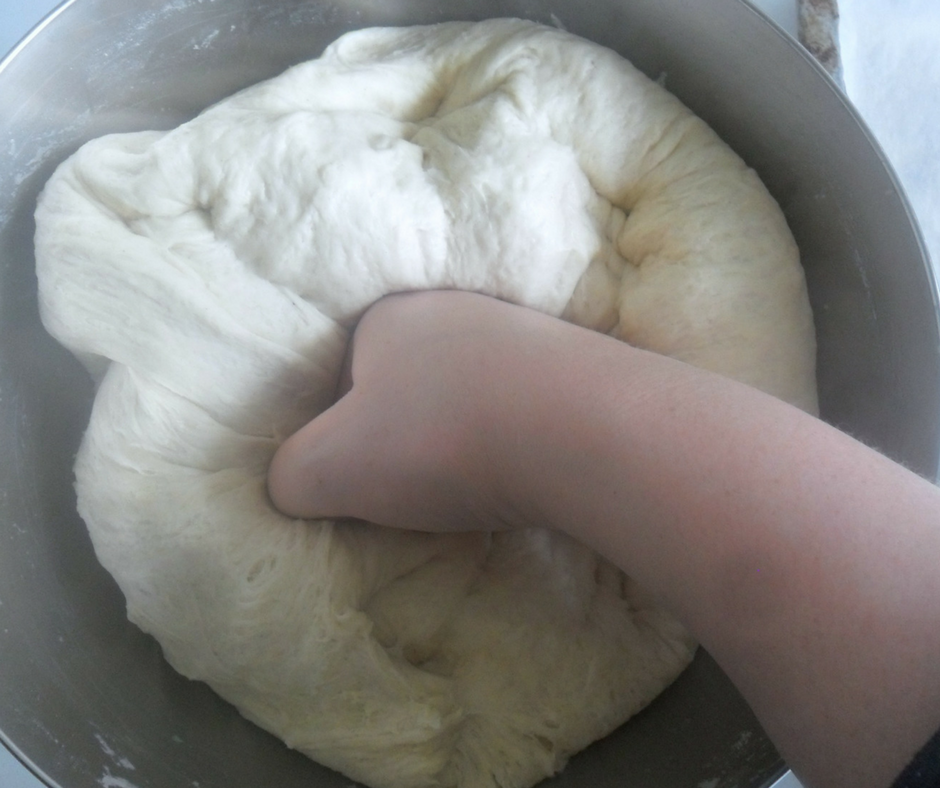
Portioning & Shaping
The final dough should be 1900 grams or so. I made 6 spiral round challahs, each weighing 110grs. With the remaining dough I made buns/rolls (usually these weigh between 20-30 grams and you’ll get 18 to 20).


Dip the top of your challah in a bowl of water and inmediately dip in your favorite seed or seeds mixture (for these ones I used pumpkin and sesame seeds). Place your shaped challah or buns in a baking sheet lined with baking paper and let rest for a second time, to achieve the second rise (another hour or so, or until doubled in sized).
15 or 20 minutes before the second fermentation is over, start preheating your oven to 180ºC (350ºF).
Baking
Once your Vegan Challah is ready to be baked, place it in your preheated oven and bake for 30-35 minutes for the spiral round mini challoth or 20-25 the smaller buns. Baking time will vary if your oven lies to you.
Get the bread out of the oven, and transfer immediately to a cooling rack (if you can actually wait for them to cool down, lol, because they are so good straight out of the oven!!)

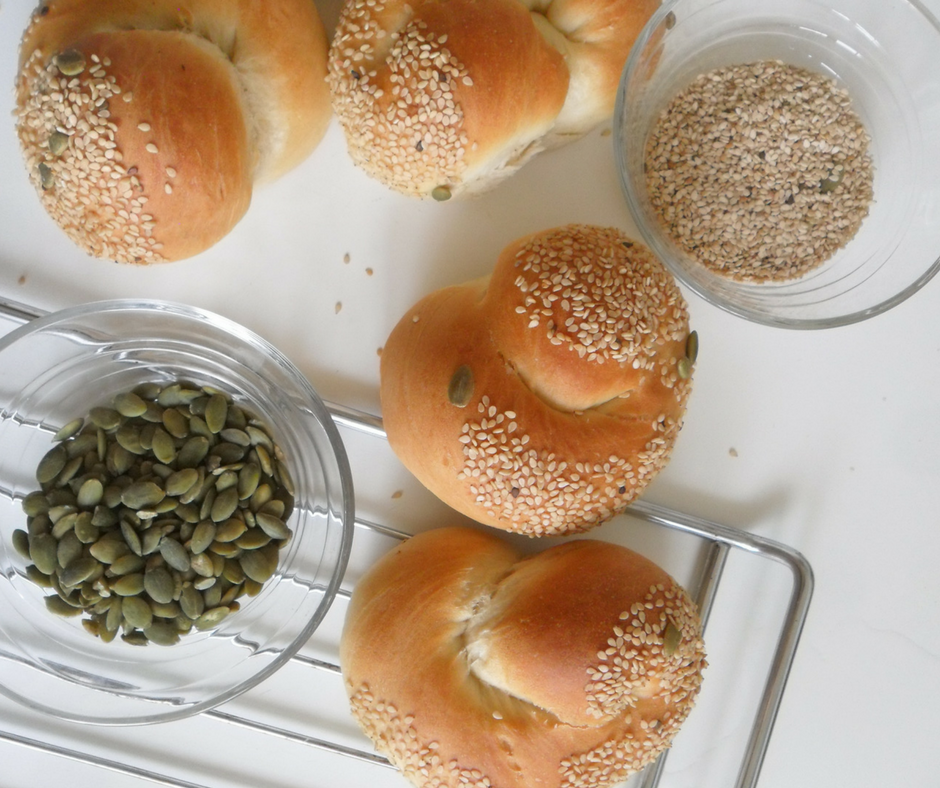
Ta-Da! You officially made handmade Vegan Challah! 😀 😀 Good job! Tap yourself on the back and enjoy yourself (and your homemade Vegan Challah!) for this accomplishment 🙂
If you have any question regarding this recipe let us know in the comments section below. Also, if you make changes, we want to hear from you! We love experiments!
Also, don’t be shy and show us your challoth and buns on instagram with the hashtag #kasheribbean. If you love this recipe don’t forget to follow on instagram and pinterest and share with your friends and family! It really means a lot to us!
Happy Baking! 😉

